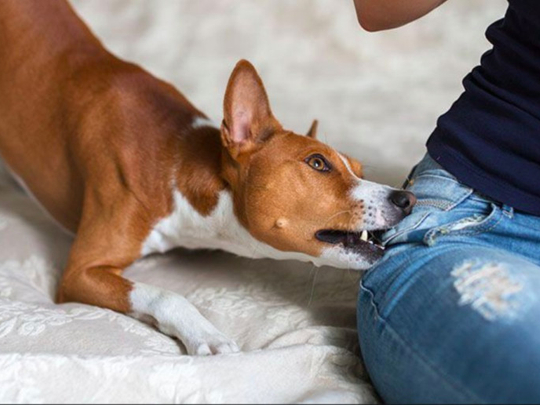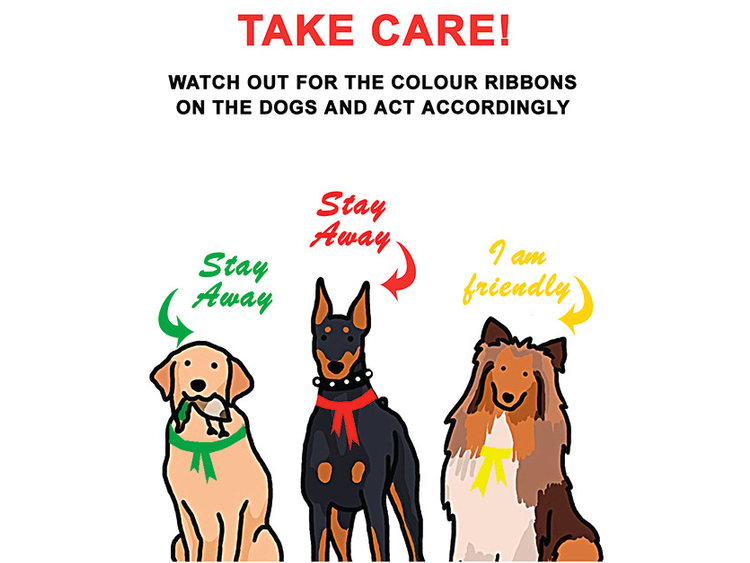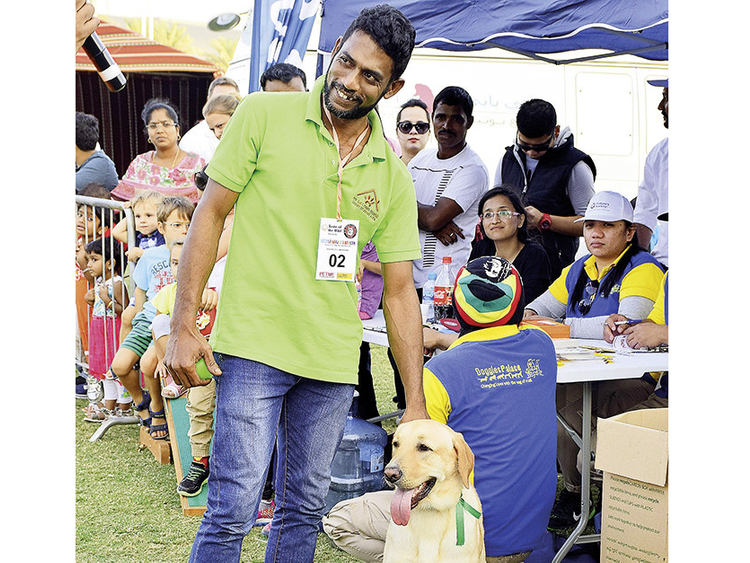
Dubai: A Dubai woman is walking her Labrador one evening when a Pomeranian, being walked by a man, from the same community pounces on her pet all of a sudden. The Labrador’s owner gets down on her knees to check what seems like a ear injury, even as the man with the Pomeranian hurriedly leaves the scene. Attempts to call him back go in vain and the Labrador’s owner, worried for her pet, wastes no time in taking him to the vet. Much as she is traumatised by the event, she is clueless about whom she can complain to about the incident.
Elsewhere, a German Shepherd in a villa snaps at a young visitor who tries to befriend him, yanks at his trousers and digging his sharp teeth into her left ankle. The visitor starts bleeding in the foot and is rushed to the Emergency for treatment.
Several questions
Instances such as these raise several questions not just about aggressive behaviour of pets, but also about where the culpability lies, to whom one can complain and what recourse can be taken.
Hayley Richardson, certified dog bite safety educator and canine behaviourist from Daphne’s Play Centre, reckons there are at least a couple of dog-related injuries to children reported at hospitals and clinics every month. Those at risk appear to be young boys around the age of seven to eight, followed by toddlers, she said.
“So this year, Daphne Play Centre decided to register with Doggonesafe, a US-based non-profit, to promote their safety programme locally as there is a great need. For the first time, they have introduced the internationally recognised and accredited child safety programme ‘Be a Tree’ which is aimed at minimising dog-related injuries. This will be made available at local schools, rescue shelters and privately (upon request) throughout the community,” she said.
According to her, “dogs bite because they are fundamentally unhappy, in most cases they are actually just afraid and behaving defensively, because they have learned to associate their trigger with an unpleasant outcome.”
Dr Sara Elliott of the British Veterinary Hospital said there are a lot more cases of dogs biting dogs than dogs biting people in the UAE.
“Most people are bitten when they try to break up a fight between dogs. In these cases, we should avoid getting our hands or bodies in the danger area. Fighting dogs can often be broken up with loud unexpected noises or by the use of water from a hose pipe or bucket,” she said. But who is responsible if a pet bites someone or someone’s else dog and whom can one turn to for redressal?
Pet Festival organiser Shree Nair of PETME said owners are responsible for their pets. “At our festivals, we issue clear instructions that dogs should be on a short leash. We also have colour code ribbons that help categorise dogs depending on their behaviour – red for ‘stay way’ aggressive dogs, yellow for friendly dogs and green for ‘stay away, but check with the owner’ kind of dogs. We also screen the dogs’ vet records to see if they are vaccinated against rabies, paro virus, kennel cough and so on. When pet owners violate the rules, they stand liable.”
Dr Elliott said, dog bites should be reported to Dubai Municipality and the police. The municipality will review the dog’s registration and vaccination status. If the dog is not registered or vaccinated, it will be impounded with the option for the dog to be put down if it is deemed to be dangerous. The owner will also be liable for a large fine.
The vet said it is also important that dogs are given adequate social training while children are taught to correctly approach and interact with dogs. “They should be sensible but not afraid of dogs. Dogs and children brought up properly will have a very special and fulfilling relationship together which will enrich their lives.”
Richardson said it is essential that any signs of aggression among pets are treated using exclusively positive reinforcement methods, rather than a punishment or ‘correction’-based approach. “What correction, balanced or dominance-based training does is mask the symptoms. After a short time, the dog will seem cured and then bite suddenly without warning, when it will be labelled dangerous and unpredictable.”
She said, “Dogs growling, showing their teeth or even snapping are not the problem, they are the symptoms of a larger issue. The reason the dogs growl is the problem and correcting the signal through punishment is like taking the batteries out of your fire alarm in the hope of putting out a fire.”
Dr Elliott said the dangers of a dog bite depend on how serious the bite is. “We have all seen cases around the world where babies, children or adults can be killed by dogs. These are exceptional. In most cases the seriousness of the bite is dependent on where it is. For instance, in a small child, a small nip can remove a finger or cause facial scarring, because children often try to grab dogs and are closer to their height.”
The victim must be rushed to the doctor. The first aid entails washing the infected area. “After washing, a bandage can be applied to stop bleeding till medical attention is sought. Depending on the severity of the bite this medical help could vary from your primary care doctor to an emergency room. Commonly, antibiotics are administered. Thankfully, we live in a country with a low chance or absence of rabies, so there is a lower risk from this type of disease.”
YouSpeak:
What has your experience been with dog bites?
Write to us at:
editor@xpress4me.com















